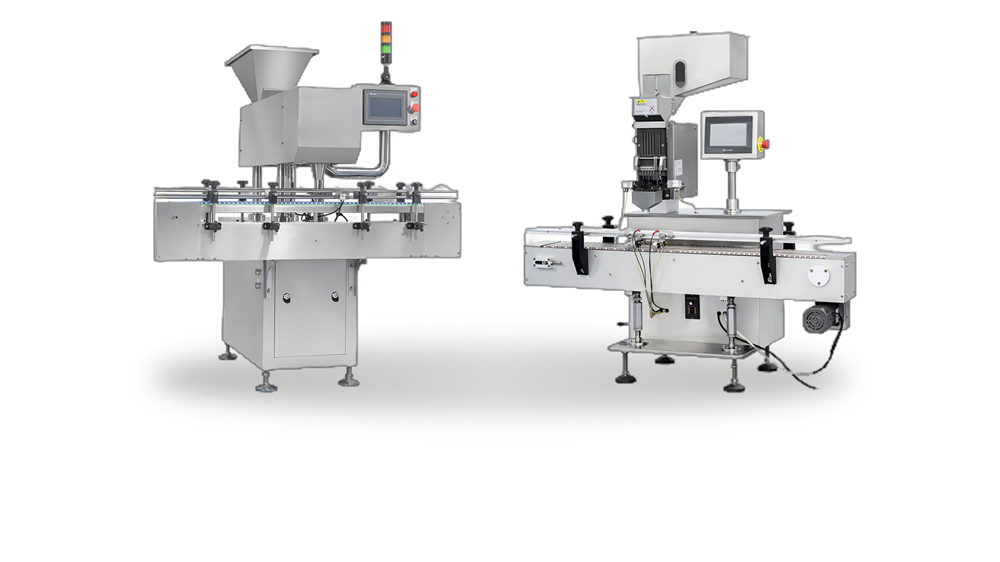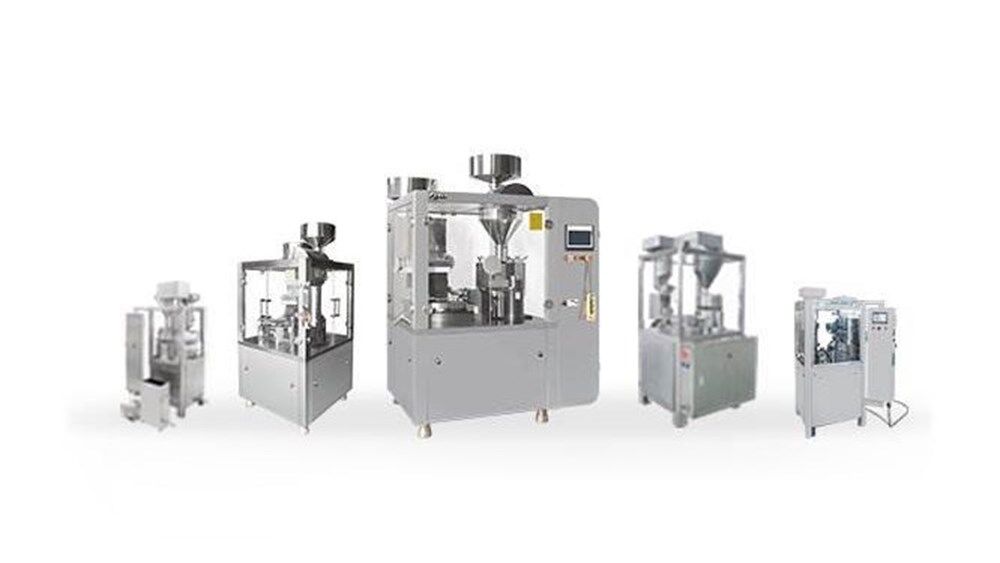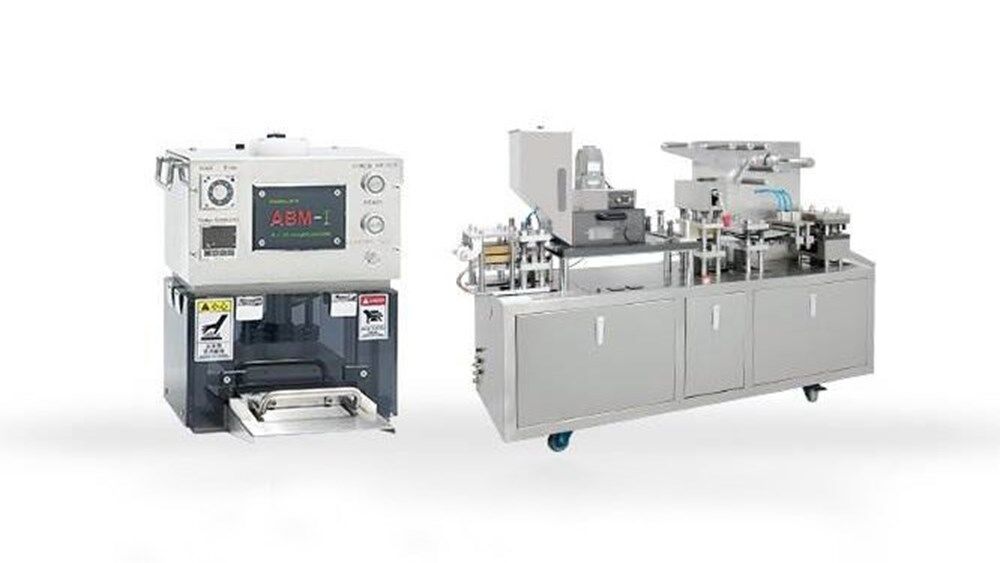Unlocking the Secrets of the Capsule Color
Have you ever noticed your capsule meds or supplements have a variety of colors? It's not just about looking pretty. The color of a capsule plays a bigger role than you might think. Want to know why some capsules come in a vibrant red while others are soft blue? This blog is meant for you. Today, we'll uncover the hidden secrets behind these colors. By the end, you'll know what a capsule color means and why it matters. Let's explore!
What Does a Capsule Color Mean?
First off, color is a visual element. A colored capsule can draw your attention. Secondly, the capsule color offers an easy way to help you identify different medications. It makes the capsule easier to recognize and remember. This is very helpful when you need to take multiple pills at a time or throughout the day.
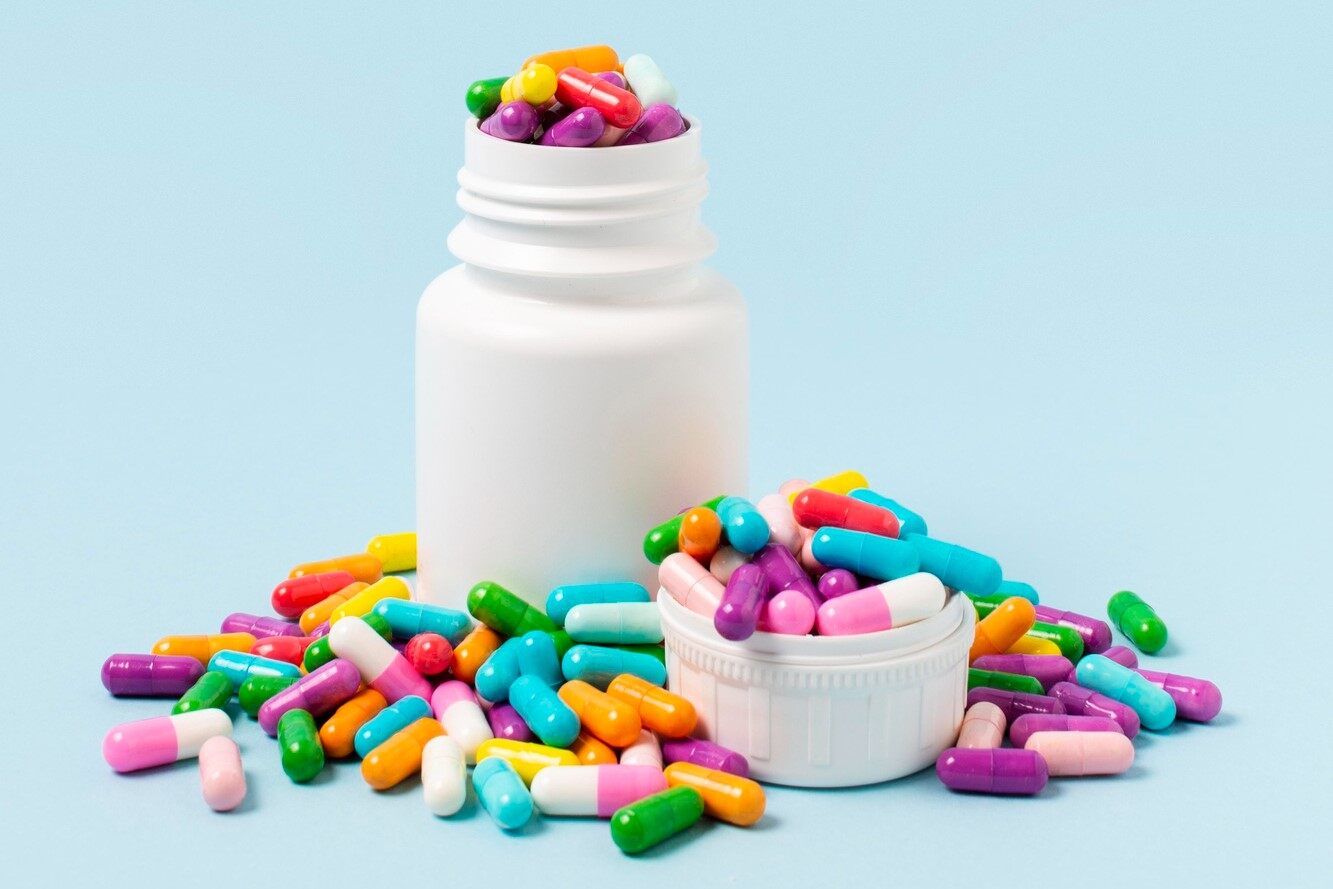
Plus, most pharmaceutical companies have now begun to focus on color design. For example, they often use a consistent color palette on their products, labels, and logos. Colors can reflect the manufacturer's marketing and branding to make their capsules stand out from competitors.
Why Do Capsule Colors Matter?
This can be approached from a psychological angle. Capsule colors can sometimes affect how we feel about the medication and even how we take it. Here are a few key points:
First off, colors trigger different feelings and expectations. Think about it: blue and green might make you feel calm, so you'll often see those colors used for things like sleep aids or anxiety meds. On the flip side, something like a bright red or orange might feel more energetic, like a painkiller or stimulant. This can even affect how effective we "think" the medicine is, kind of like a placebo effect.

Then there's the fact that color helps us remember. Suppose your grandma is taking a bunch of capsule pills, and the different colors on these capsules make it easier for her to know which pill is which. She doesn't have to put on her reading glasses to check the label every time. When seeing the colors, she just knows: "Oh, the blue one is for sleep, and the orange one is for pain."
Some colors can also make us feel more comfortable. If you like the color of a capsule pill, you might trust it more or feel better about taking it regularly. On the other hand, if its color seems off or unfamiliar, it might make you second-guess whether you want to take it at all. The research found when people refilled their prescriptions and received different colored pills, over 50% were concerned about possible negative reactions and stopped taking their drugs for a while.

Lastly, color means different things to different people depending on culture and personal experience. For instance, whites might feel "pure" or safe to some, making them more likely to trust a white pill. Pharmaceutical companies definitely take these things into account when designing capsules.
What is the Capsule Color Made of?
Capsule colors usually come from different dyes and colorants. They are regulated to make sure they are safe to use. Here are a few common sources of capsule colors:

1. Synthetic Dyes
These are made in labs. For instance, FD&C Red 40 and FD&C Blue 2 are often used in capsules. Both are FDA-approved color additives.
2. Natural Colorants
Some capsules use natural substances for coloring. For example, chlorophyll is for green, and spirulina is for blue. These are common in natural or organic capsules on the market.
3. Titanium Dioxide (TiO2)
It is a common pigment used in capsules. It can make capsules white. It's worth noting that the EU has banned TiO2 in food and dietary supplements. However, the FDA still allows it in the US.
4. Iron Oxide
This is a coloring agent used in both food and medicine. It can bring colors like red, yellow, brown, and black to capsules.
5. Gelatin or Plant-based Material
The capsule itself is made from either gelatin or HPMC if it's vegan. The shell can be clear or slightly tinted.
Different Types of Capsule Colors
Capsules come in all kinds of colors. There isn't a strict rule about which color goes with which type of medication, but you'll notice some common trends.
1. Single-color Capsules
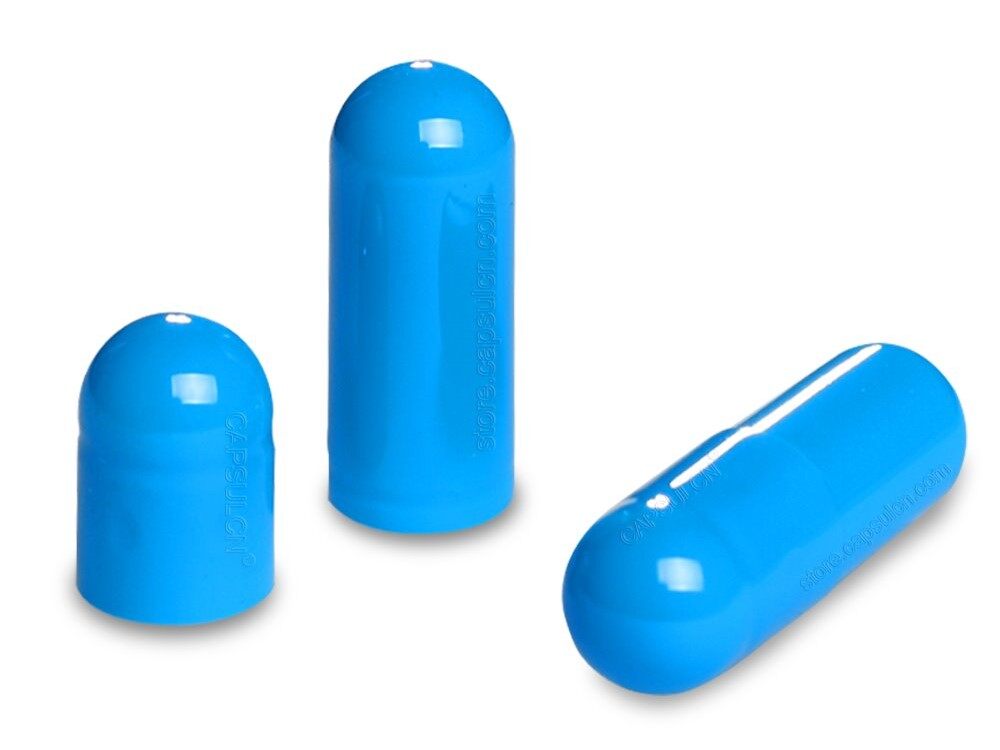
These are just one solid color, like white, blue, or red. They're pretty straightforward and often used for everyday meds.
2. Two-tone Capsules
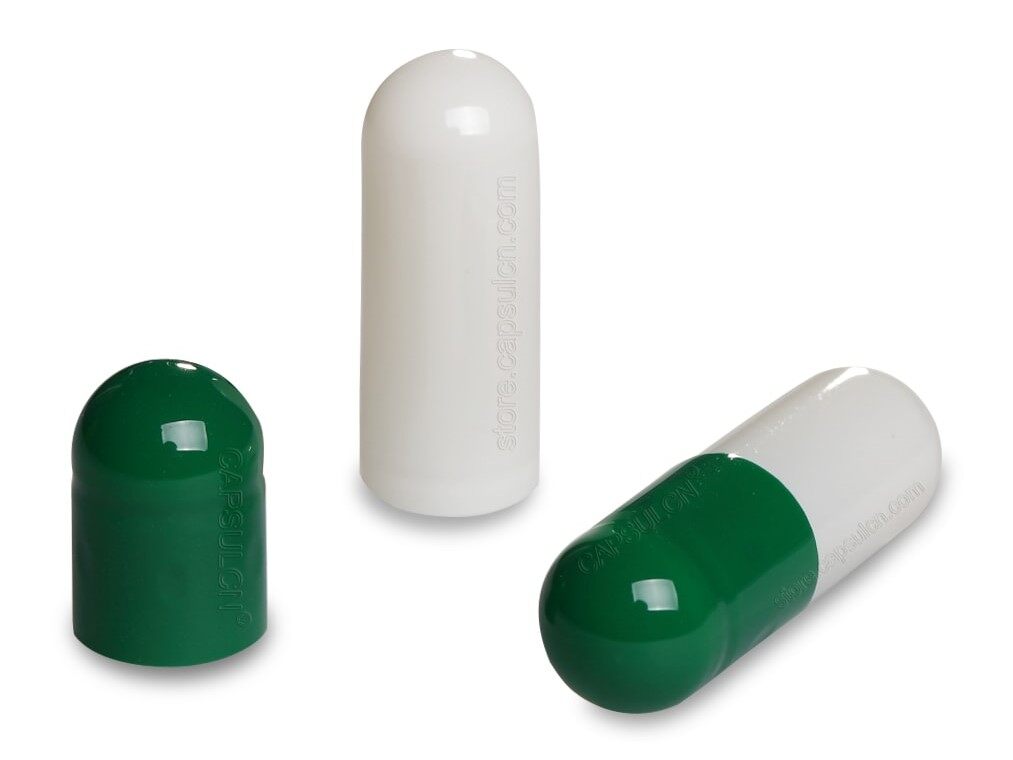
You've probably seen these—they have one color for the body and another for the cap. It makes it easier to tell them apart, especially when some medications look really similar.
3. Transparent or Clear Capsules
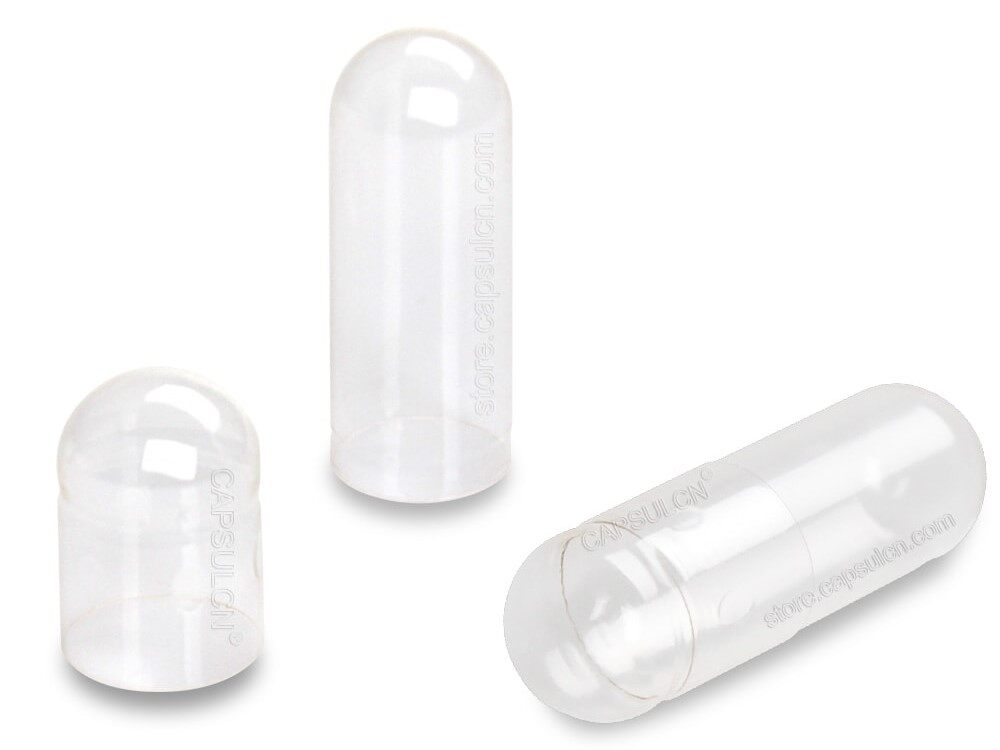
These let you see what's inside. You'll usually spot these with herbal products and liquid formulations.
4. Neutral or Light-colored Capsules
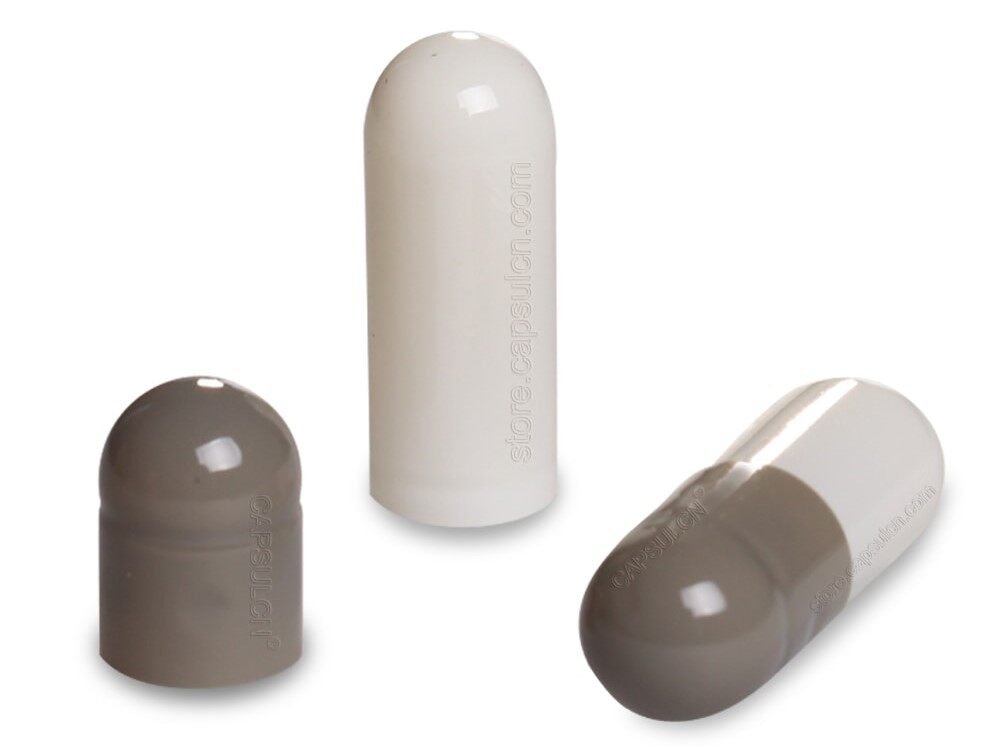
Think white, beige, or pale violet colors. These give a more soft look. They're often linked with being clean or pure.
5. Bright or Bold-colored Capsules
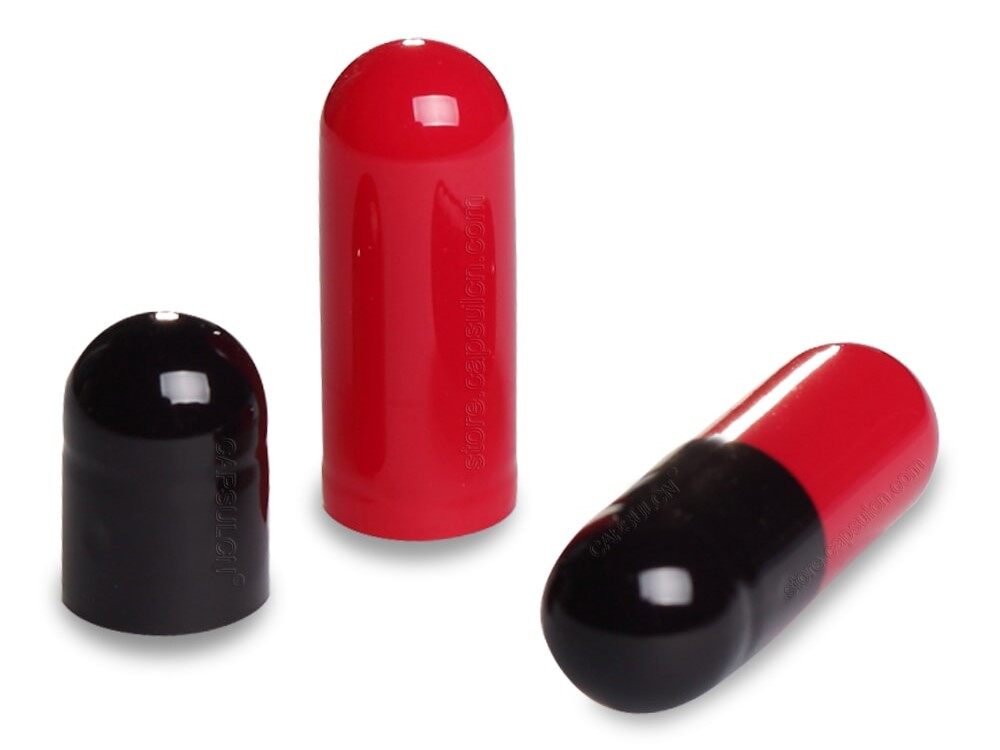
These stand out with colors like bright red, yellow, or green. The bold colors make them easier to recognize. Sometimes, they are part of a marketing plan to make them more memorable.
FAQs about Colored Capsules
Q: What are the health risks of colored capsules?
A: Generally, colored capsules are safe to use. The pigments used must be tested and approved by regulatory bodies. However, if you have allergies to certain coloring ingredients, you'd better first check with your doctor.
Q: Will the capsule color affect the effectiveness of the medication?
A: Nope! The color won't affect how your drug works. The color is purely to make the drug eye-catching and recognizable or for branding and marketing.
Q: Are colored capsules more expensive?
A: In most cases, colored capsules aren't pricey. But if you're talking about fancy custom colors or designs for a specific brand, that could bump up the price a little. Plus, if the capsule itself has special coatings like enteric coating, it can cost more. However, for regular pills, there's a big price difference between colored and plain capsules.
Q: How are the colors tested for safety?
A: Manufacturers must comply with regulations to test these colorants before using them in capsules. They usually check for things like stability, allergic reactions, and toxicity.
Q: What are the most popular colors used in capsules?
A: White, blue, red, and green are some of the most common capsule colors. White is super popular because it often makes people think of "clean." Blue is often used for calming or soothing formulations. Green is usually seen in herbal products. Also, Two-tone capsules are very common.
Q: Can I order custom colored capsules?
A: Yes, you can! If you're manufacturing supplements or medications, many capsule manufacturers offer custom color options. Be sure to work with reliable manufacturers. At CapsulCN, we offer a diverse set of capsule color solutions. Feel free to reach out to us today!
Leave your comment
Also Offers
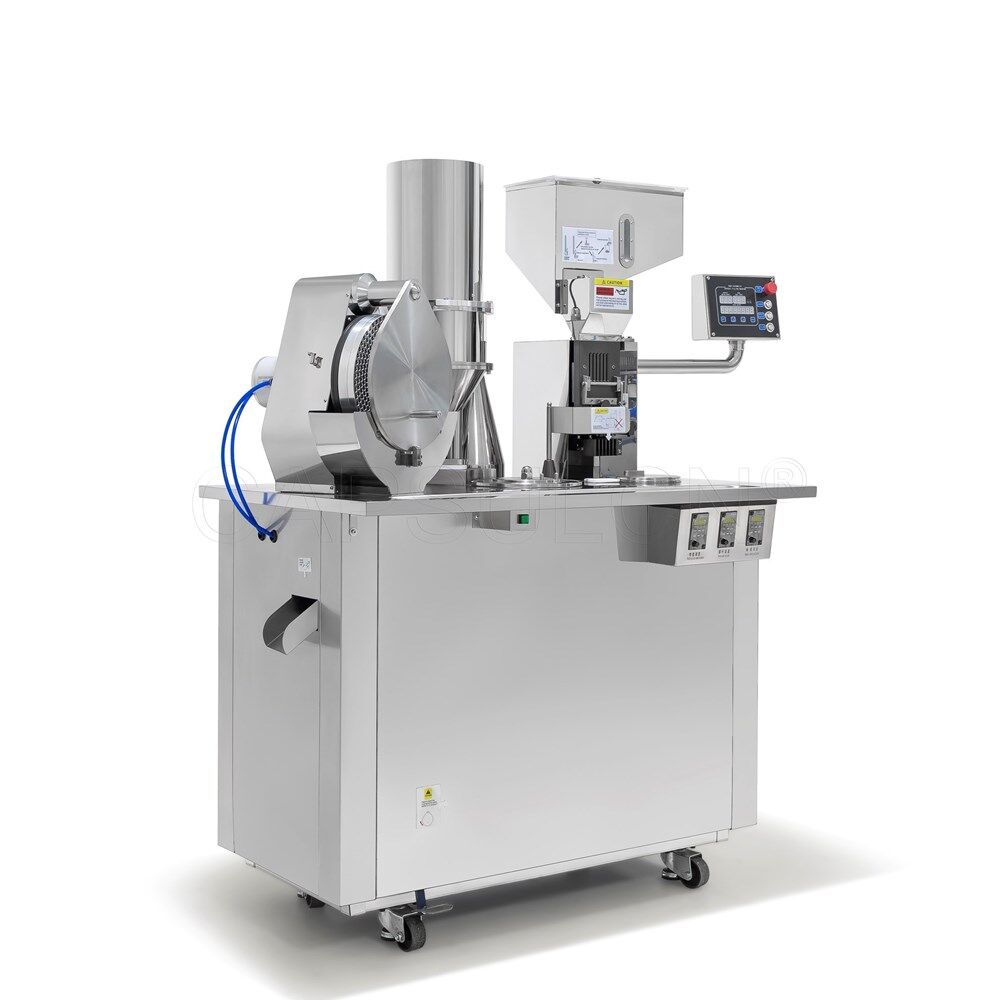
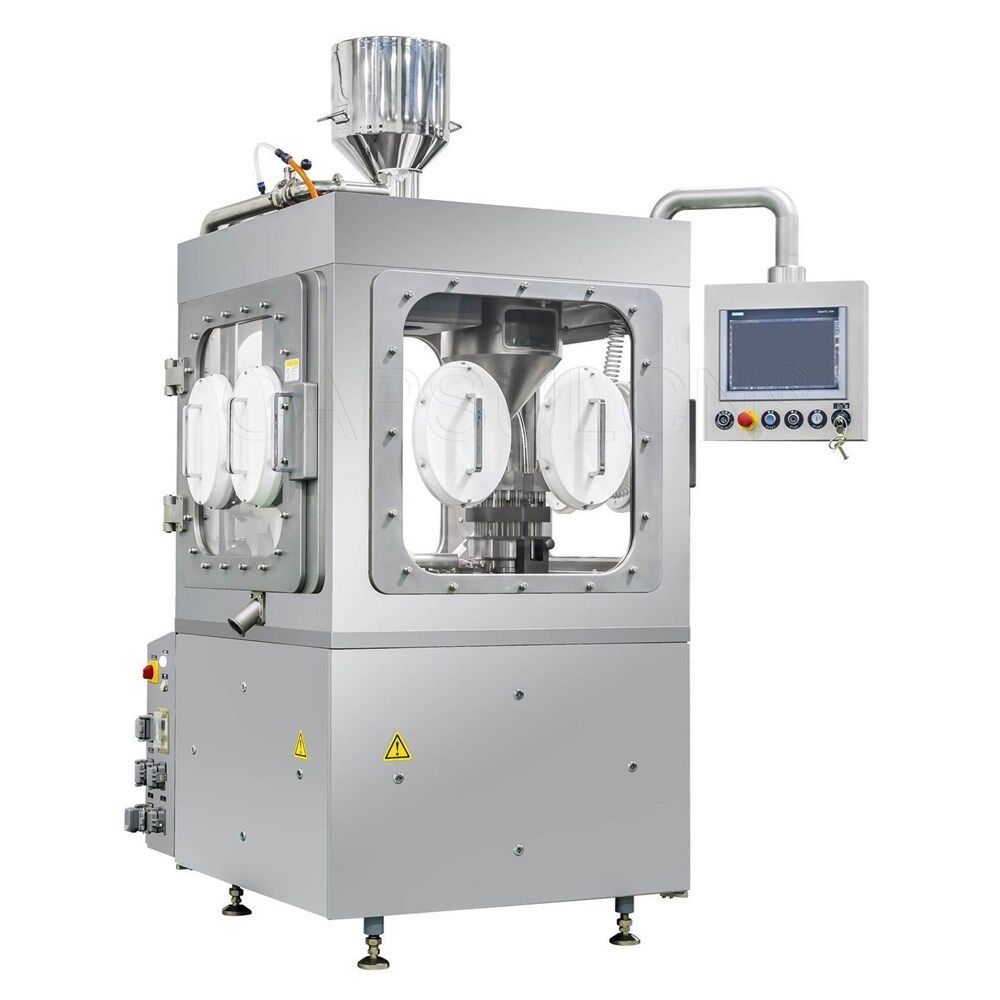
Containment Automatic Capsule Filling Machine SFK-703
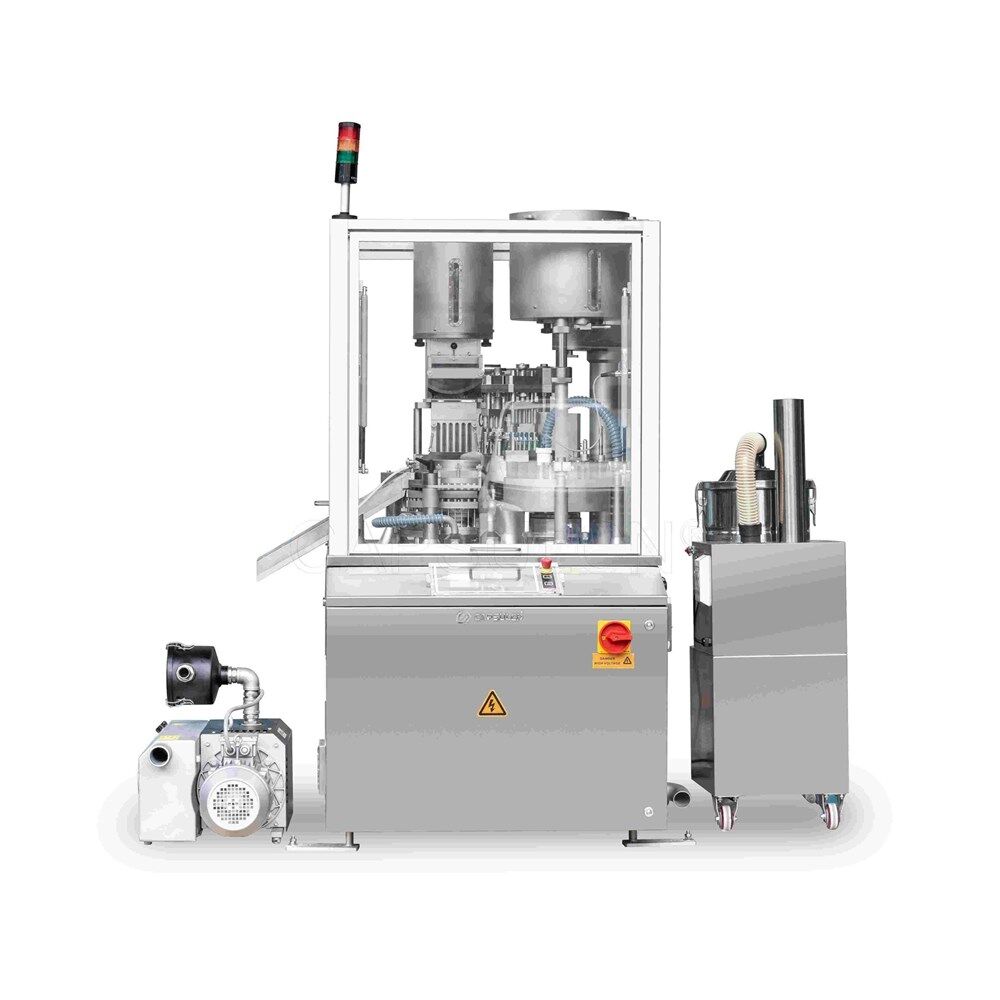
Fully Automatic Dosator Capsule Filling Machine CZ-40

Our Team
As an expert in the pharmaceutical and pharmaceutical packaging industry, iPharMachine has provided solutions for hundreds of pharmaceutical and health product manufacturers for 17 years. By visiting customers, we get good reviews from our customers.
- info@ipharmachine.com
- English Español Deutsche

